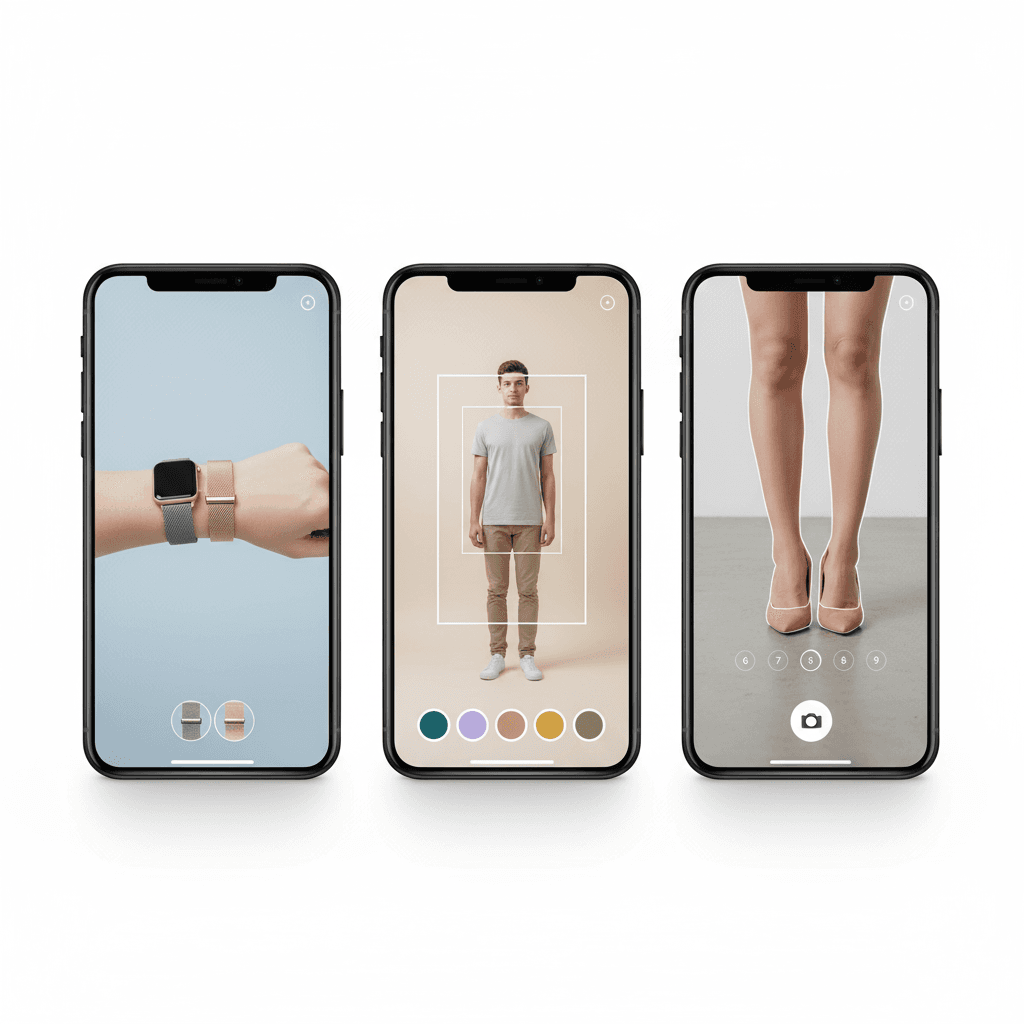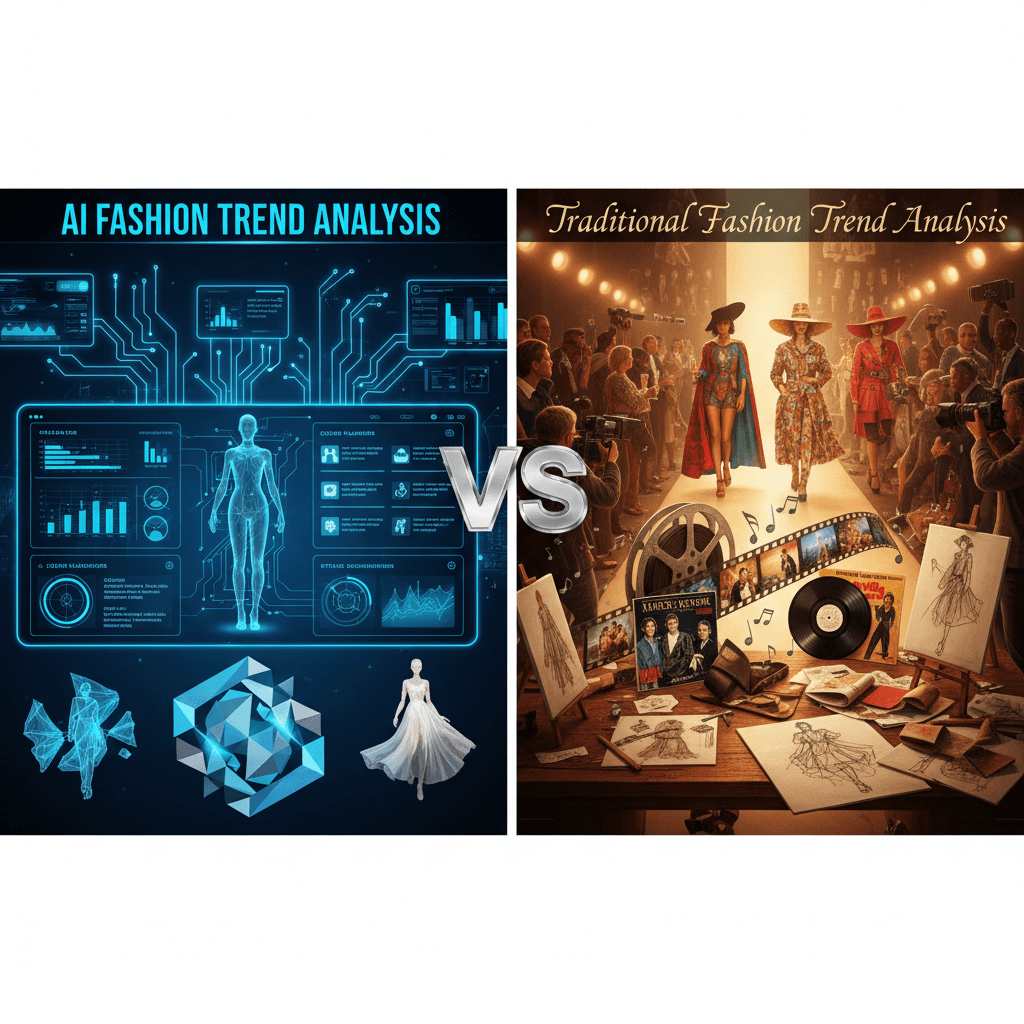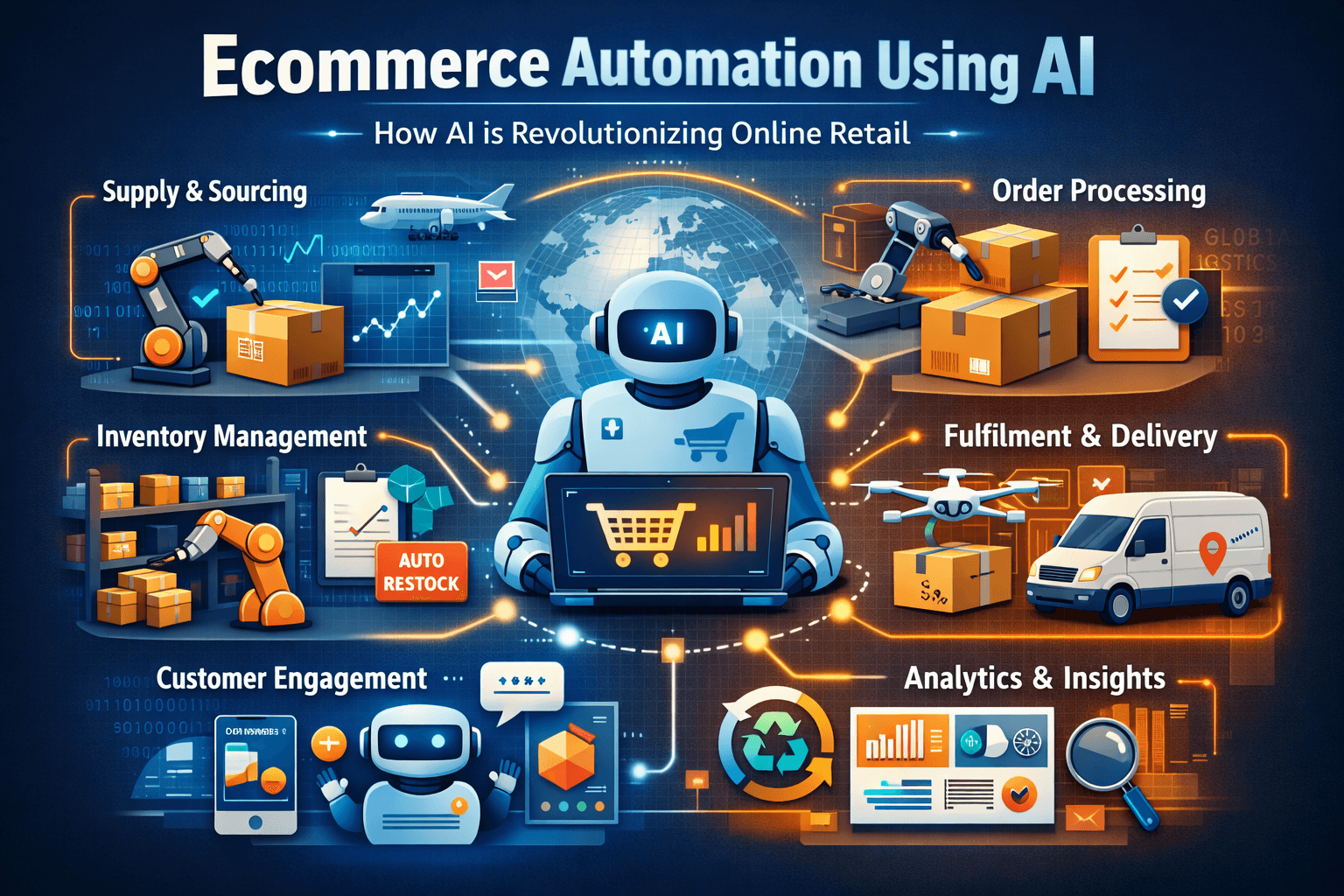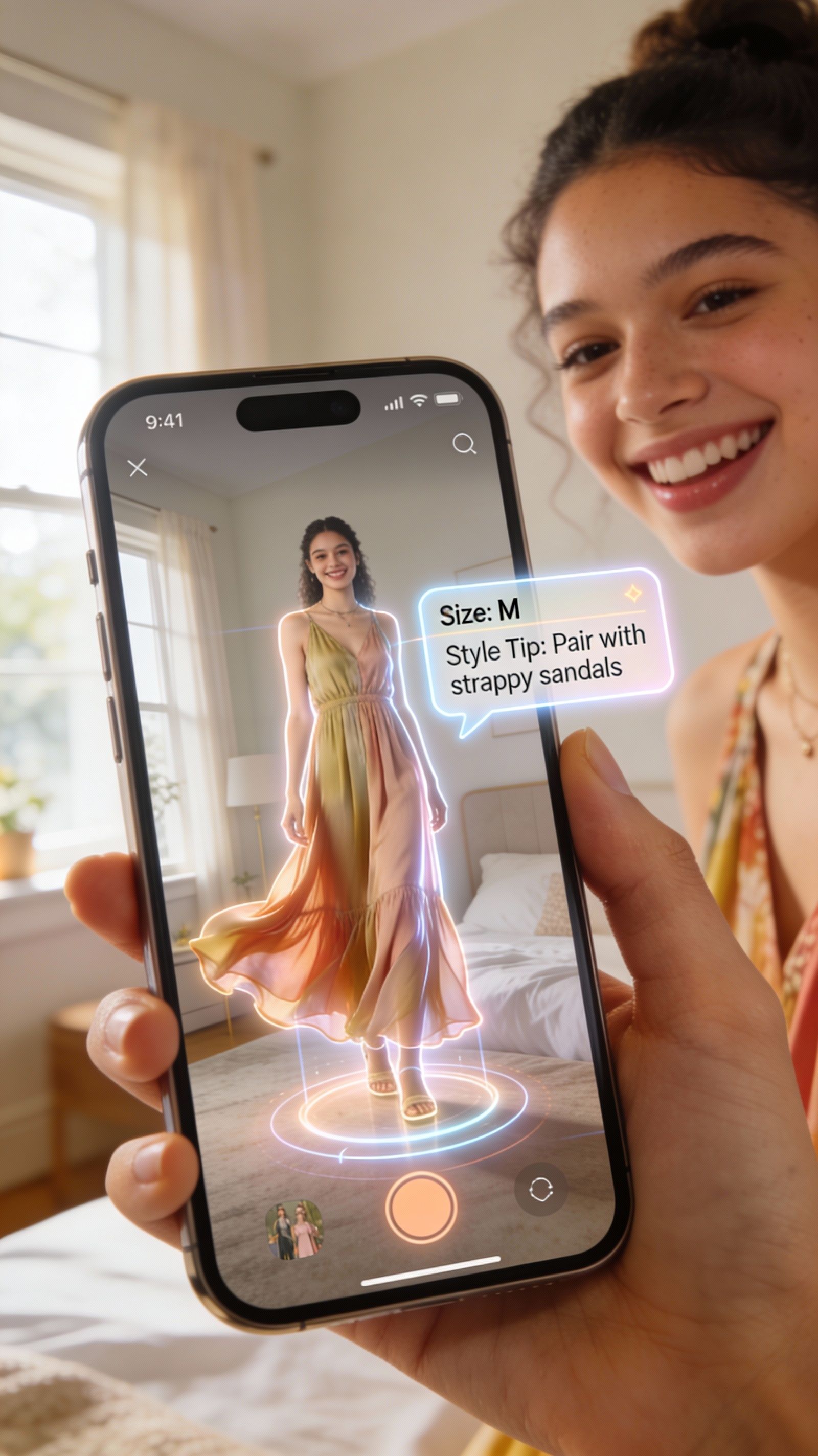Virtual Try-On for Fashion Ecommerce: Try Before You Buy
Fashion Stylists and AI: Shaping the Future of Style
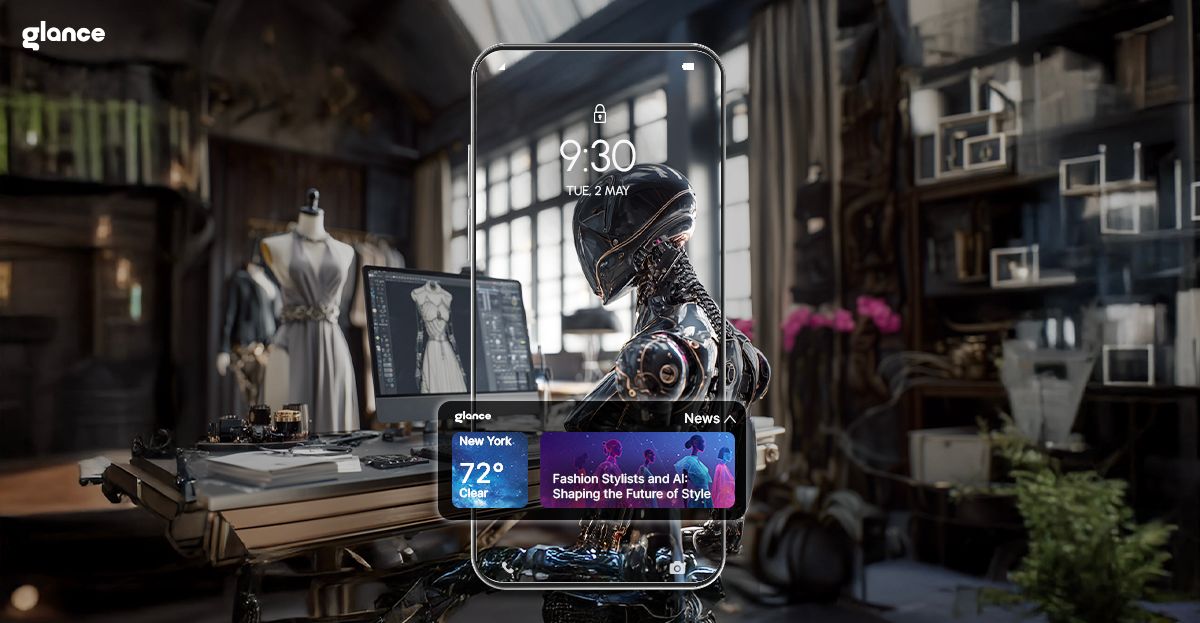

Fashion styling has always been a delicate balance of art and functionality. For decades, fashion stylists have acted as trusted advisors, helping people express their personalities through clothing while navigating trends, occasions, and personal challenges. From red-carpet looks to carefully curated wardrobes, their craft combines intuition, cultural awareness, and technical knowledge.
But 2025 brings a new chapter. With rapid advancements in technology, the way people approach fashion is changing. Consumers today want instant inspiration, sustainable options, and styling help that fits into their fast-paced lives. This has pushed fashion stylists to rethink their approach and embrace innovative tools that allow them to scale their expertise.
One of the most practical fashion stylist tips in this era is to pair human creativity with digital precision. Rather than seeing AI as competition, forward-thinking stylists are integrating platforms like Glance into their workflow, using it to track micro-trends, visualize outfit ideas, and stay ahead in a highly dynamic industry.
Styling Without Limits: From Exclusive to Inclusive
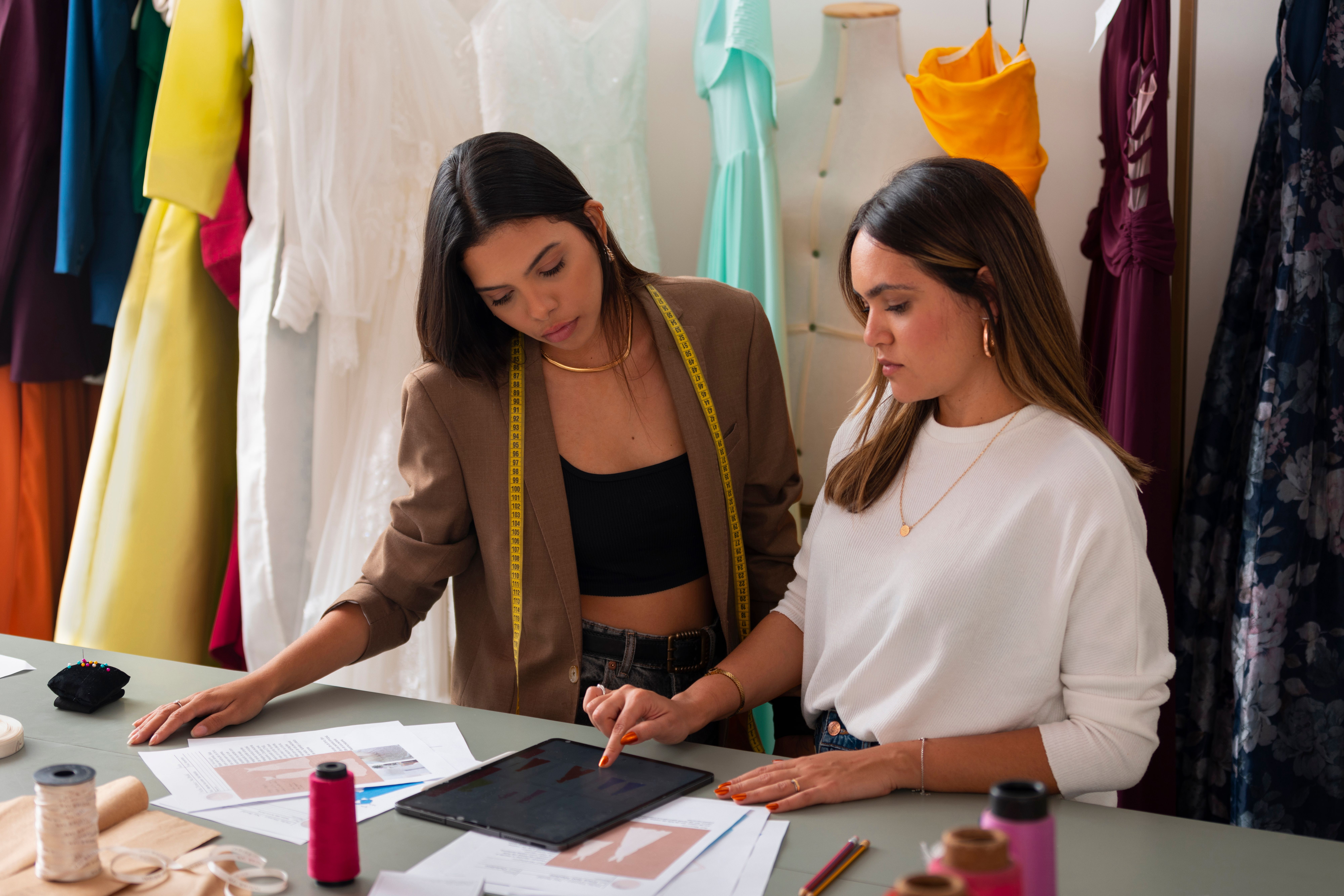
For a long time, hiring a personal stylist was simply too expensive for most people. But today, the demand for style guidance has expanded beyond red carpets and luxury wardrobes. Consumers now want practical, everyday advice, leading to a new era where fashion stylists and technology work hand in hand.
- Broadening Reach: Styling isn’t limited to elite circles anymore; it’s becoming part of daily life for professionals, students, and anyone refining their personal look.
- Technology as an Enabler: Platforms like Glance AI help stylists scale their expertise, offering mood-based outfit suggestions and trend insights.
- A Key Fashion Stylist Tip for 2025: Combine human intuition with digital tools to serve more clients without losing the personal touch.
- Empowering Self-Styling: Even those without access to traditional fashion stylists can now get tailored recommendations, fostering confidence and self-expression.
Fashion Stylists in 2025: More Than Personal Shoppers
Traditionally, fashion stylists have been experts in understanding their client’s personality, body type, and lifestyle. They create cohesive looks, plan seasonal wardrobes, and even guide red carpet moments.
Today their role has expanded:
- Data-Driven Styling: Stylists are using analytics to understand what works for different audiences
- Digital Presence: Many stylists curate content for social platforms and work with virtual clients
- Sustainability Advising: Clients increasingly seek guidance on ethical brands and capsule wardrobe planning
Even with these changes, certain elements remain irreplaceable: the ability to read emotions, consider cultural nuances, and innovate creatively.
Fashion Stylists vs AI Styling: What’s the Real Difference?
Role | Fashion Stylists | AI Styling Tools (like Glance) |
Expertise | Trained in color theory, body types, lifestyle | Learns user behavior from scrolls, swipes, carts |
Emotional Intelligence | Reads non-verbal cues, mood, energy | Analyzes mood patterns from timing, dwell time |
Personal Connection | Understands life context (weddings, grief, growth) | Analyzes event types from calendar + mood tags |
Trend Interpretation | Uses experience and intuition | Syncs with real-time global trend data |
Styling Output | Custom-curated for editorial or in-person impact | Everyday looks optimized for real-time context |
The Future is Collaborative: Stylist + AI Twin
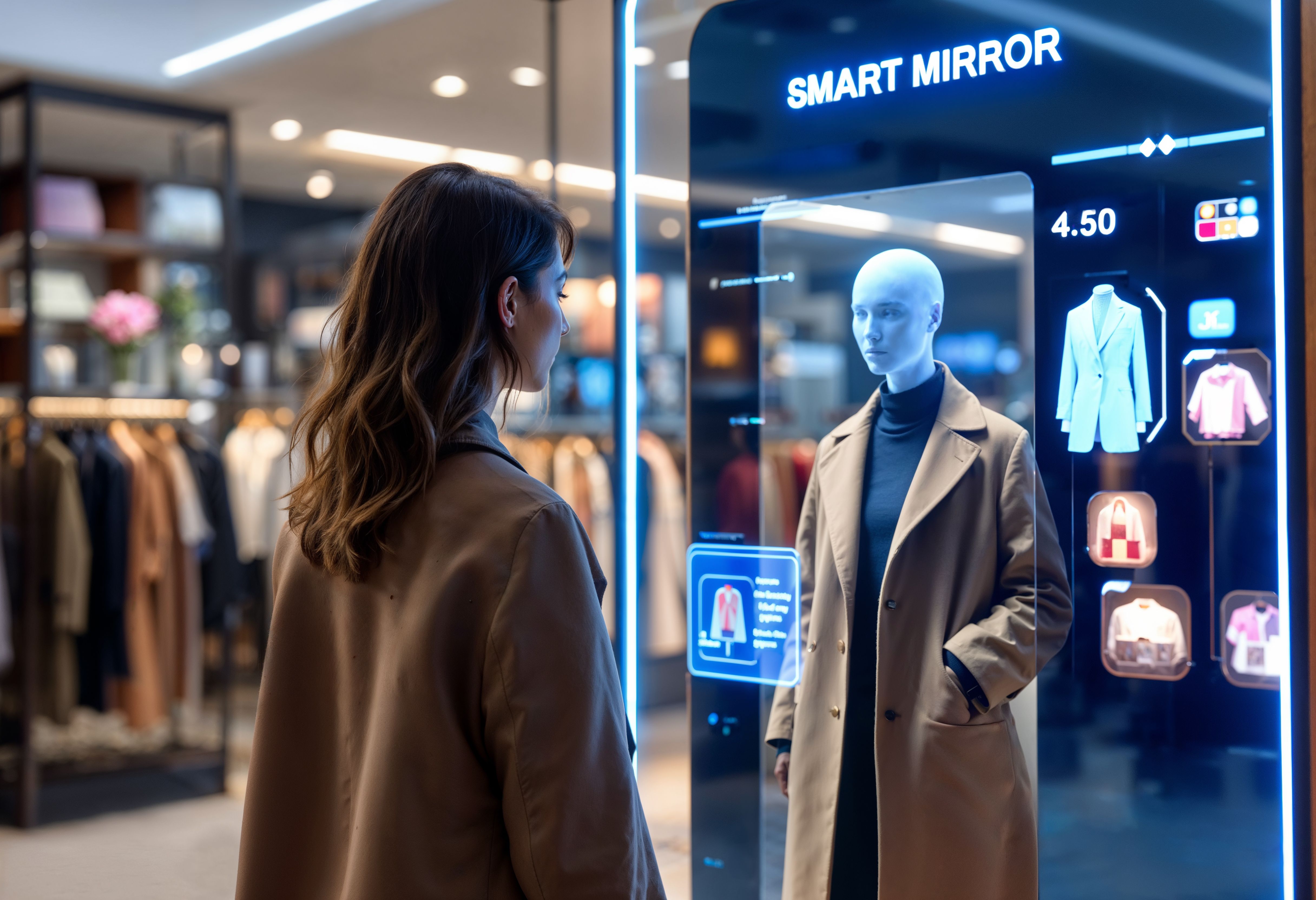
The most effective approach in 2025 isn't human versus AI, but human plus AI. Glance AI is designed as an app-first AI shopping experience that augments, not replaces, the stylist's role.
Imagine a fashion stylist using Glance AI for their client:
- AI-Powered Discovery: The stylist uses Glance AI to quickly identify 2025 fashion trends and discover contextual fashion recommendations for a client's needs, based on the AI Twin's understanding of their preferences and mood.
- Visualizing with Precision: Instead of guessing, the stylist uses HyperReal Styling to visualize how different fabrics, cuts, or trending pieces would look on their client’s unique form. This helps both the stylist and client make confident decisions, avoiding costly errors and ultimately reducing clutter.
- Streamlined Sourcing: Once a direction is chosen, Glance AI's real-time commerce matching helps the stylist efficiently source the exact items from live inventory.
- Deeper Client Insights: By understanding how the client interacts with suggestions on their AI Twin, the stylist gains unprecedented insights into their evolving tastes and even their current "vibe, tempo, and energy patterns," enabling truly bespoke advice.
Glance AI is not here to replace stylists. Instead, it enhances their workflow with tools like trend tracking, live inventory matching, and smart recommendations. See how an AI stylist is revolutionizing men’s shopping and what this means for the future of styling.
Fashion Stylist Tips for Working With AI
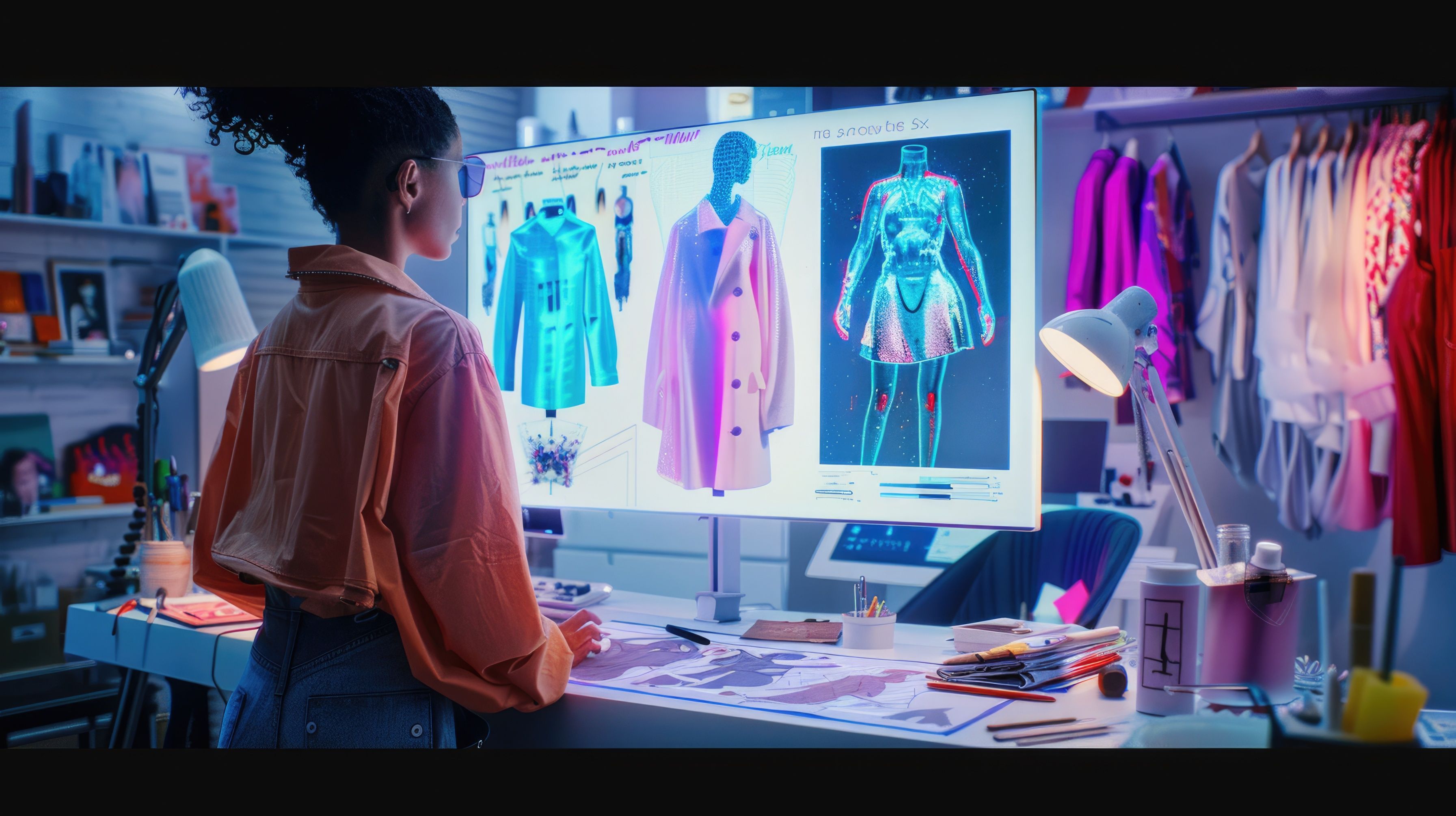
If you are a stylist looking to future proof your services, consider these fashion stylist tips:
- Leverage AI for Research: Use tools like Glance to stay ahead of trends and understand regional preferences.
- Focus on High Touch Services: Build emotional connections and offer bespoke experiences AI cannot replicate.
- Collaborate With Tech: Use Glance’s insights to refine your styling sessions and present hyperreal visualizations to clients
- Stay Culturally Relevant: Explore guides like Smart Fashion tips to learn how technology supports modern styling.
Why Glance AI Complements Fashion Stylists
Glance AI was designed as a partner, not a replacement. It helps stylists:
- Discover trends faster
- Show clients realistic outfit visuals
- Match ideas with live inventory instantly
By combining AI precision with human creativity, stylists can offer clients a smarter, more efficient fashion journey.
Final Thoughts: Human Touch Meets AI Precision
In the age of AI, fashion stylists are not being replaced; they're evolving. By leveraging cutting-edge AI fashion personalization tools like Glance AI, stylists can unlock new levels of efficiency, precision, and creativity. They can serve more clients, deliver more impactful results, and spend more time on the truly human aspects of their profession – the artistry, the connection, and the deep understanding of individual dreams and desires.
FAQs
Q1: Are fashion stylists still relevant in 2025?
Absolutely. Stylists offer emotional and creative value AI alone cannot replicate.
Q2: How can AI help fashion stylists?
AI tools like Glance save time, analyze client behavior, and surface smarter product suggestions.
Q3: Can Glance work with professional fashion stylists?
Yes. It enhances the stylist’s workflow by offering AI-backed insights and real-time fashion data.
Q4: What are some fashion stylist tips for using Glance?
Use Glance to preview looks, spot trends faster, and understand client preferences based on how they interact with the app.


